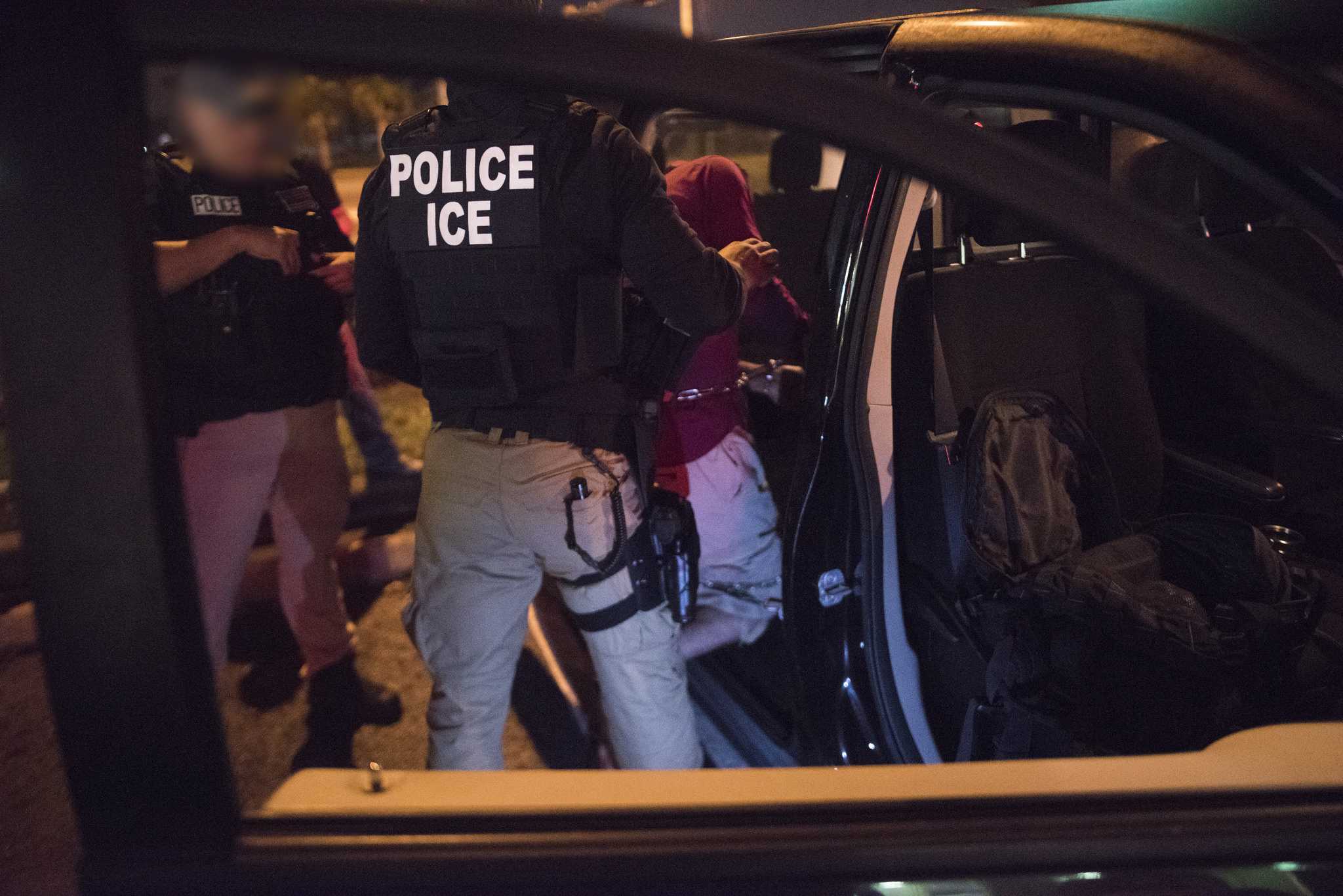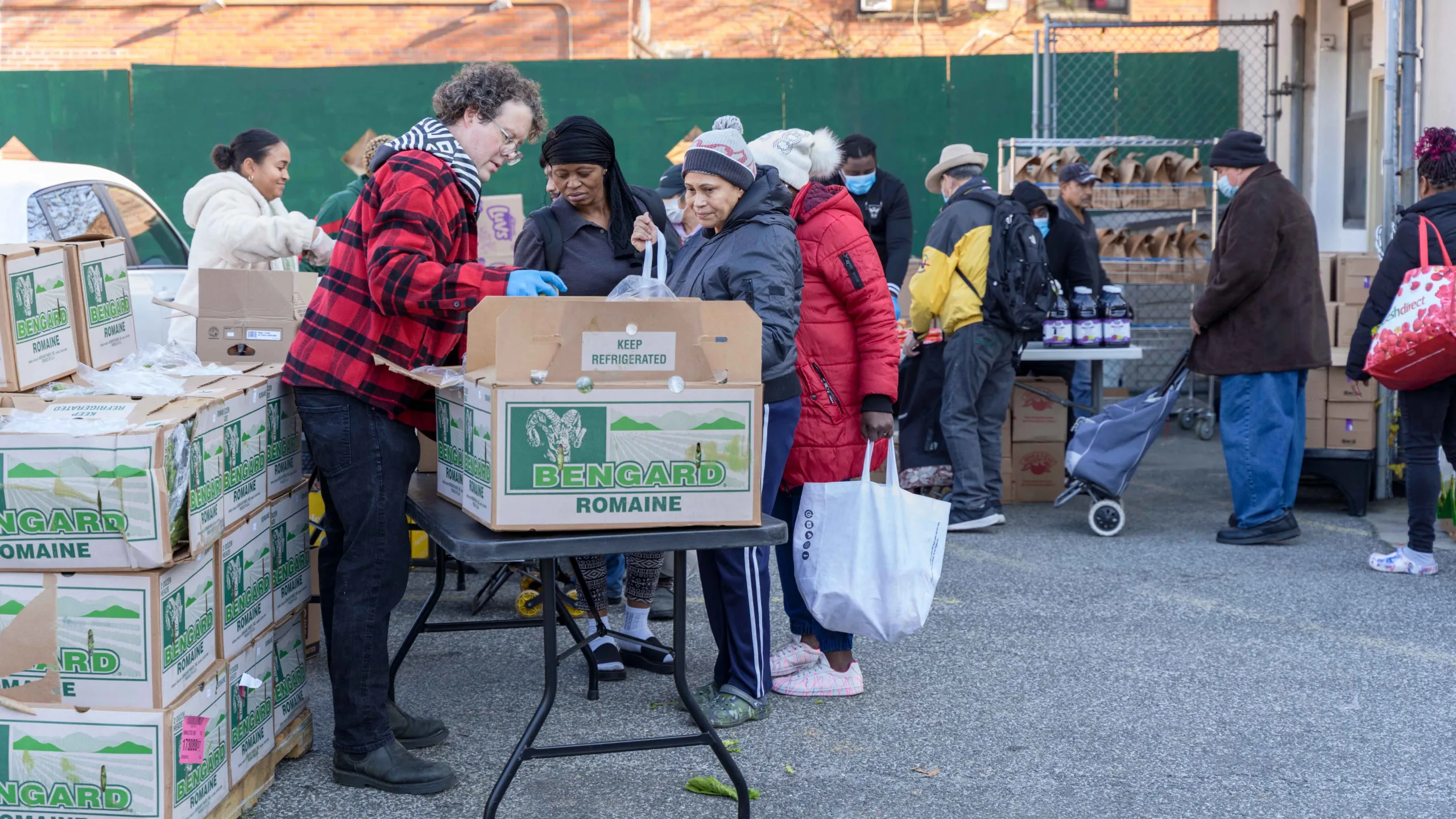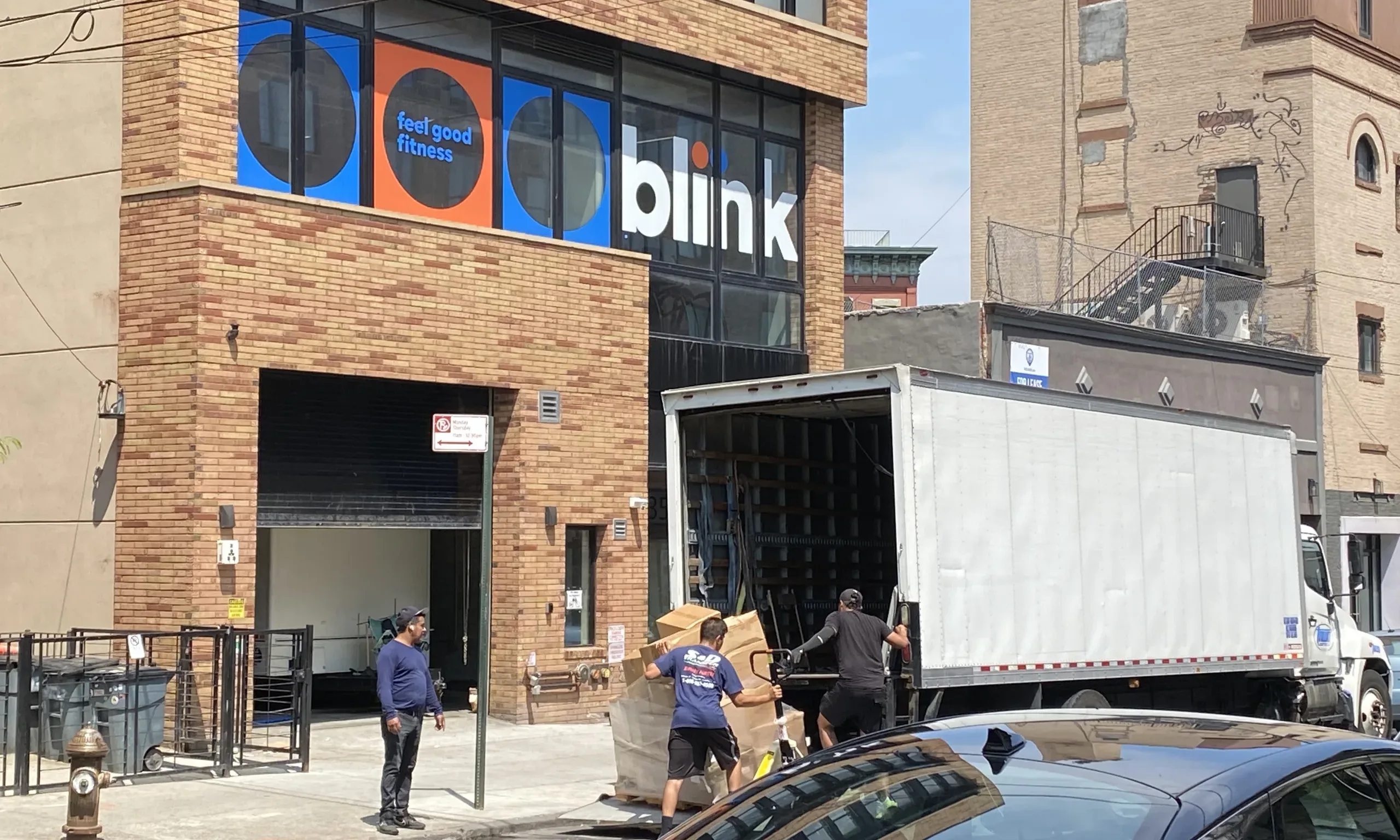

This piece was created in partnership with BORDER/LINES, a weekly newsletter dedicated to demystifying and contextualizing big immigration policy developments. Over the next month, Documented will be looking back at the Trump administration’s immigration policies over the past four years and examining how they’ve impacted New Yorkers. Read all of our coverage here.
“Sanctuary city” is among those political terms that engender emotions as strong as the actual understanding of the term is weak. Despite popular notions that it denotes a jurisdiction where immigrants are actively shielded from immigration enforcement or allowed to commit crimes, all it really means is that a locality or state declines to actively participate in immigration enforcement.
Sanctuary Cities and states have little real power to prevent immigration enforcement from generally taking place; they have won limited victories in restricting enforcement in specific circumstances, like in state courthouses. But the fundamental ability of ICE’s Enforcement and Removal Operations and Customs and Border Protection to go out and detain people for suspected immigration violations is undisputed.
Still, the machinery of immigration enforcement largely depends on the compliance of local states and municipalities to churn effectively. This is a big part of the reason why, despite the Trump administration’s focus on immigration enforcement, it has still not quite managed to reach the staggering deportation levels that characterized the first several years of the Obama presidency, when localities were more amenable to cooperation.
Also Read: Disorder in the Immigration Courts
Federal Laws Still Govern on Sanctuary Cities
There are some things that jurisdictions can’t opt out of, namely participation in the Secure Communities program, which is the primary vehicle of local data that can be used for federal immigration enforcement purposes. Essentially, when local law enforcement authorities — such as police officers and sheriff’s deputies — arrest and book someone, they forward the individual’s information and fingerprints to federal databases maintained by the FBI in order to check for, for example, a prior criminal record and outstanding warrants.
Under Secure Communities, this information is then automatically sent to Homeland Security databases that also check if the individual appears to be in violation of immigration laws. If there was a match, DHS sent the locality a document known as a detainer, which requested that it be notified when the individual was set to be released, and that the locality hold the individual for an additional 48 hours to allow Immigration and Customs Enforcement to prepare to take custody upon release from criminal detention. Federal courts have ruled that it is not mandatory for local governments to honor detainers.
The program was created by federal regulation and piloted in a few jurisdictions with signed agreements in 2008. In 2011, after a few states declared that they would either not join or — like New York — pull out of the agreements, the Obama administration announced that participation was not voluntary and terminated the existing agreements on the grounds that they were redundant. The program was fully implemented in every U.S. jurisdiction by January 2013. In November 2014, Obama changed course and had DHS Secretary Jeh Johnson rescind Secure Communities and institute the Priority Enforcement Program, which utilized the same system but narrowed the categories of people ICE was interested in detaining to those who, for example, already had final orders of removal or particular convictions. Detainers became rarer and required more probable cause.
One of President Donald Trump’s first acts in office was to sign an executive order that, among other things, terminated the priority enforcement categories and reinstituted Secure Communities, making it so anyone arrested in New York is automatically checked for immigration violations, whether the city and state want that or not (as we’ve reported previously, the state in certain cases went above and beyond its mandated information forwarding to ICE, such as when someone had been previously deported).
Also Read: How ICE Controls Journalists’ Access to the Immigration Courts
What Cities and States Can Do
Perhaps the principal thing that makes a locality a sanctuary is the decision not to honor these detainers. In 2014, the New York City Council passed laws that prevented police and corrections personnel from honoring detainers unless ICE produced a rarely issued judicial warrant, i.e., one signed by a judge, and the person in question had been convicted of a serious crime or posed an imminent public safety threat. Activists complained that the rules were still too lax, but in November 2018, a New York State judge ruled that it was illegal under state law for local law enforcement to detain people on behalf of ICE, rendering the question moot. Some federal judges have also questioned the legality of detainers, though not in New York-specific cases.
Localities can also enter into voluntary agreements known as 287(g) agreements, which effectively allow local law enforcement officers, typically corrections officers, to become deputized as federal immigration agents and perform interviews and detentions based on suspected violations of immigration law. The Rensselaer County Sheriff’s department is the only law enforcement office in the state that has such an agreement, which it renewed in May.
Gov. Andrew Cuomo has instituted several measures by executive action, including an order barring state personnel from inquiring about immigration status except when it’s required to complete some official function. He also attempted to block ICE Enforcement and Removal Operations from making arrests at state facilities. A particular flashpoint has been ICE arrests in state courthouses; federal authorities assert that it’s necessary to arrest people going to court for criminal proceedings because the city won’t honor detainers, and they know people will be at court at a certain time. Activists, defense attorneys, and even city prosecutors argued that the practice unduly interfered with the criminal justice system, made immigrants fearful of seeking assistance, and prevented the completion of trials.
Also Read: Cuomo Has Not Signed a Bill to Fight ICE Arrests at Courthouses
While the state court system has always claimed that its officers do not assist in these arrests, we’ve found evidence that they have in the past. In April 2019, the court system promulgated its own rules prohibiting ICE arrests in and around courthouses without a judicial warrant, though the federal agents inconsistently followed them. Then, this June, a federal judge sided with the Brooklyn district attorney and New York attorney general in a case seeking to have such types of detentions declared unlawful. The ruling has been reaffirmed.
ICE itself has rules that supposedly prevent its personnel from surveilling, interrogating, and detaining people at particularly sensitive locations. In a 2011 policy memo that remains active, it describes such locations as hospitals, schools, institutions of worship, the “site of a funeral, wedding, or other public religious ceremony,” and public demonstrations, like marches or rallies; courthouses are not included. It’s not illegal for ICE to make arrests at these locations, but doing so requires sign-off from supervisors and immediate or exigent circumstances.
Both the city and state have also in the past three years created programs that provide publicly funded legal representation for detained and some non-detained immigrants facing deportation, which the federal government does not provide (those in removal proceedings are not legally entitled to representation if they can’t afford it given that the process is civil, not criminal). New York’s legislature recently approved a law that allows undocumented immigrants to obtain driver’s licenses, and walls ICE off from access to the data.
Also Read: Data: Iranians Affected the Most by Trump’s Travel Ban
Federal Retaliation on Sanctuary Cities
The administration has taken a series of retaliatory measures over New York’s refusal to cooperate on immigration, including a multi-year, ultimately successful attempt to withhold federal law enforcement grants, as well as a stand-off over the DMV data that culminated in the federal government preventing New Yorker from signing up for trusted traveler programs for six months, before relenting. Recently, the Justice Department labeled the city an “anarchist jurisdiction.” Nonetheless, the principles of federalism and police power limit how much the administration can do to force New York to play ball.
As a sanctuary city, the average undocumented immigrant in New York City does not need to be on high alert. There were an estimated 560,000 undocumented immigrants in the city as of 2018; that fiscal year, according to data maintained by the TRAC project at Syracuse University, ICE performed about 890 detentions out in the community, known as at-large arrests, out of its New York County office. While there are often rumors or social media reports of ICE setting up checkpoints in, for example, busy intersections or large transit hubs, in truth ICE agents almost exclusively conduct targeted operations against one particular person or small group.
TestPost3
Other people encountered during these operations may also be detained in what are known as collateral arrests, but fundamentally there are no ICE patrols or checkpoints roaming the city and looking for people to arrest. This isn’t so much a question of will as of capacity: ICE’s enforcement office, while one of the largest federal law enforcement sub-agencies at over 8,000 officers, simply doesn’t have the staffing to undertake the kind of mass surveillance and roundup operations that people like presidential adviser Stephen Miller would have wanted.
However, that hasn’t stopped the administration from working hard to create that perception, including through flashy operations such as temporarily deploying heavily armed Border Patrol units to sanctuary cities, including New York. By and large, the interventions of the city and state, as well as robust web of community service groups and organizations, make New York and New York City, especially, a relatively safe place for the undocumented.
Also Read: On the Brink of Being Homeless in Sanctuary Cities












